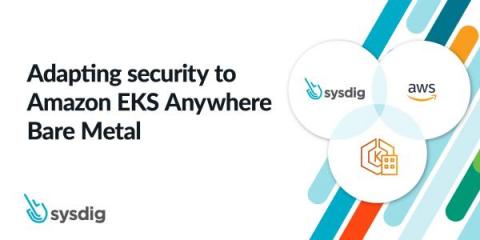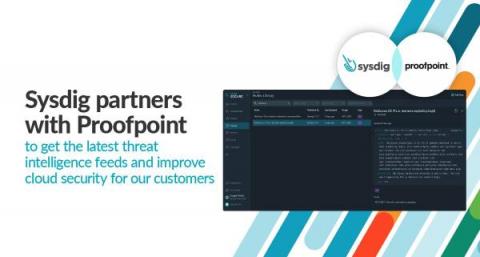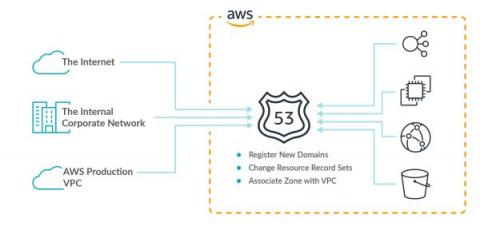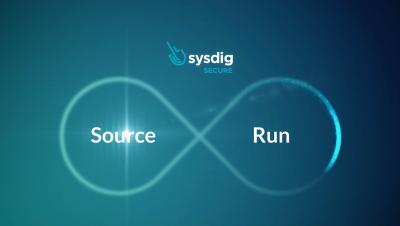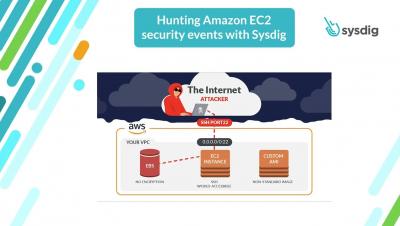How attackers use exposed Prometheus server to exploit Kubernetes clusters
You might think that your metrics are harmless from a security point of view. Well, that’s not true, and in this talk at KubeCon Valencia 2022, we share the risk of exposed Prometheus server and how attackers use this information to successfully access a Kubernetes cluster. The slides are available here, and we also collected some mentions in social media and blogs and the feedback was very positive: It was our first time as speakers at KubeCon and expectations were really high.



